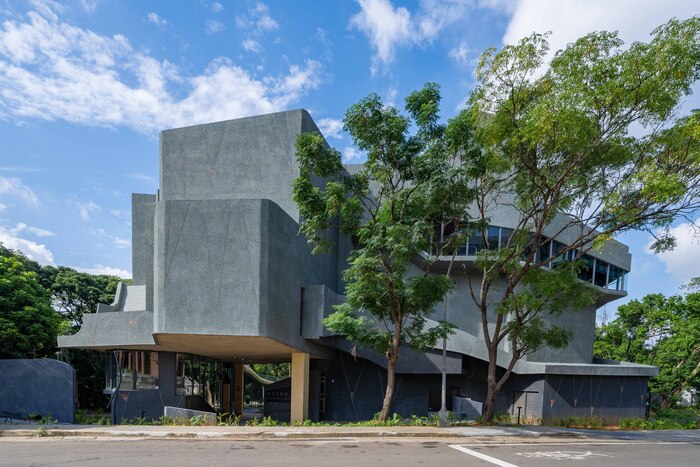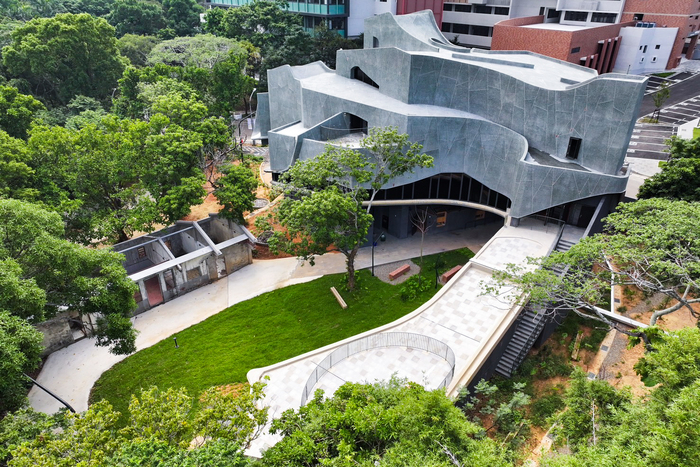緣起-清華大學文物館之成立



國立清華大學文物館在楊儒賓教授及方聖平教授捐贈所藏,積極催生之下,自2008年開始籌備,2015成立文物館籌備處,2022年正式成立。兩位教授至今已捐贈橫跨三百年之近代東亞文書手稿、圖書文獻、書法繪畫等數千件藏品。
文物館館舍由曾繁城博士及夫人於2021年捐資一億一千萬興建,為感懷父母曾捷、黃月英劬勞,命名為「捷英館」。館舍由黃聲遠建築師所領導的田中央建築師事務所設計,2021年動土,2024年落成。
捷英文物館自開始籌備以來,不僅靜態地保存史料文物,每年並舉辦1至2場有關明清儒學、日本江戶漢學、台灣於日本殖民時期書畫、及1949國府播遷來台文物之主題特展與多場微展,並與多所大學及文史專業機構合辦展覽,促進學術交流,推廣文史教育,展現近世台灣、中國大陸與日本「新兩岸三地」豐富多元的漢字文化底蘊。
文物館亦積極連結新竹在地中學與文史工作團隊,貢獻於在地文化之傳承、反思、創新與永續,善盡大學的社會責任。
The seed of the NTHU Heritage Museum was planted in 2008 when Prof. Yang Rur-bin and Prof. Fang Sheng-Ping donated their collections to NTHU. A preparatory office was created in 2015 to breathe life to it and 2022 saw the official launch of the Heritage Museum. The treasures donated by the two professors include thousands of documents, manuscripts, literature, calligraphy works, and paintings that span 300 years of modern Eastern Asia.
The museum building was funded by a generous donation of NT$110 million from Dr. F. C. Tseng and his wife in 2021. In honor of Dr. Tseng's parents, Tseng Jie and Huang Yue-Ying, the building was named "Jie Ying Hall." The building was designed by architect Huang Sheng-Yuan, leading the Fieldoffice Architects team. Construction began in 2021 and completed in 2024.
The NTHU Heritage Museum started holding special exhibits and micro-exhibits in the Micronix Building while still in the preparatory stage. The exhibits included Confucianism in the Ming and Ching Dynasties, Sinology in the Edo Period of Japan, calligraphy works and paintings from the Japanese occupation period, as well as the 1949 war-related artifacts, showcasing NTHU’s cultural visions across East Asia. It has collaborated with various universities and institutions with exhibits to promote cultural and academic exchange, and to showcase the rich and diverse cultural heritage of the Chinese written words in Taiwan, Mainland China and Japan in modern times.
The NTHU Heritage Museum actively works with local cultural communities to further the continuation, reflection, innovation and sustaining of local culture.



